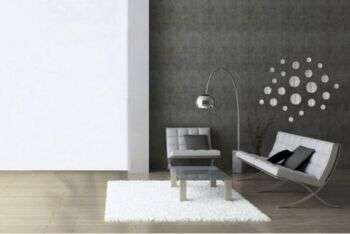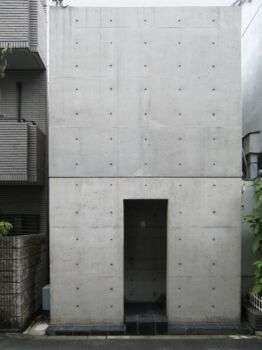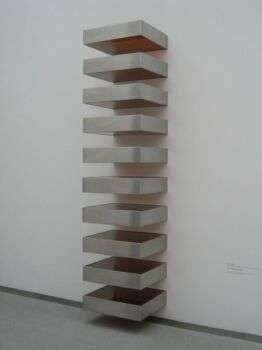Minimalism is an artistic movement spread during the 20th century, that is present in each art and design field.

Image source: https://search.creativecommons.org/photos/2de54cf6-f9c6-4b04-a038-698c122ec9de by Plage Vinilos y Decoración
Minimalism Architecture
The origins of minimalism architecture traces back to the Cubist design movements of De Stijl and Bauhaus. The famous architect Ludwig Mies van der Rohe said, “less is more,” which is the motto for this style.

image source: https://search.creativecommons.org/photos/16c8c014-6a6c-404c-be35-35f9a0b70fce by nicolas.boullosa
Luis Ramiro Barragán Morfín changed modern architecture through bright colors resembling traditional architecture of Mexico in his works, such as Casa Barragán, the Chapel of the Capuchinas and the Torres de Satélite. Luis Barragán house and studio, also known as Casa Luis Barragán, was constructed in 1947-1948. Further, it is located in a working class suburb of Mexico City. Additionally, it is an example of the architect’s creative work in the post World War II period.

image source: https://search.creativecommons.org/photos/beacf398-7f19-4e5e-817e-0a2e31e320d1 by 準建築人手札網站 Forgemind ArchiMedia
The concrete building of Casa Barragàn features a first floor and two upper levels, as well as a little private garden. The architect’s fusion of modern design with traditional Mexican vernacular themes influenced others’ garden designs.
Influences from Far Away
Tadao Ando is a self-taught artist from Osaka, Japan. Growing up during Japan recovering from the war, Tadao Ando knew he liked architecture since he was fifteen, after buying a book of Le Corbusier drawings. Features of his work include large expanses of minimalist architectural concrete walls fused with wooden or stone floors and huge windows. Additionally, active natural elements, played a key role in his style.

image source: https://search.creativecommons.org/photos/9e583da5-8d0d-4f04-9a87-b7af6170f0a9 by Oiuysdfg
His Row House, located in Sumiyoshi, is an excellent example of his characteristic style. It has three equal rectangular volumes and is known for the contrast between appearance and spatial organization that allows the richness of the space to be evident.
Minimalist Structure
Minimal objects were simple with geometric bodies, such as cubes, focused on the use of the space. The artwork was carefully designed to give relevance to the architecture. Minimalist artist employ industrial materials, prefabricated or mass-produced.
Donald Judd was an American Art Critic and Sculptor. His rejection of traditional art caused him to create art with the idea that the object exists in what surrounds it. Judd’s desired to make objects that could lay on their own base as part of an expanded field without going beyond their own physical presence. Additionally, his work is considered literalist.

Image source: https://search.creativecommons.org/photos/fd862a90-c100-443a-9a48-88e5bd997e88 by oliworx
Moving towards Neo-Minimalism
Neo-minimalism is an amorphous art movement that uses domestic objects as sculptural elements. Also, sometimes called “New Abstraction,” the movement is associated with contemporary artists, such as David Burdeny, Catharine Burgess, Marjan Eggermont and Paul Kuhn.

Image source: https://search.creativecommons.org/photos/904d82d5-89a7-47da-b5d1-0172f07e359b by Ken Mist
Post-Minimalism
The term “Post-Minimalism” references a range of art sensibilities that emerged in the wake of Minimalism, during the late 1960s. Some artists of this movement sought to extend the interest of Minimalism by designing art objects that do not have the representational functions of traditional sculptures. Instead, each work has a strong material presence.

Image source: https://search.creativecommons.org/photos/bab830e2-4dd4-4caa-9e14-730a0de75ce8 by pedrosimoes7
Info source:
